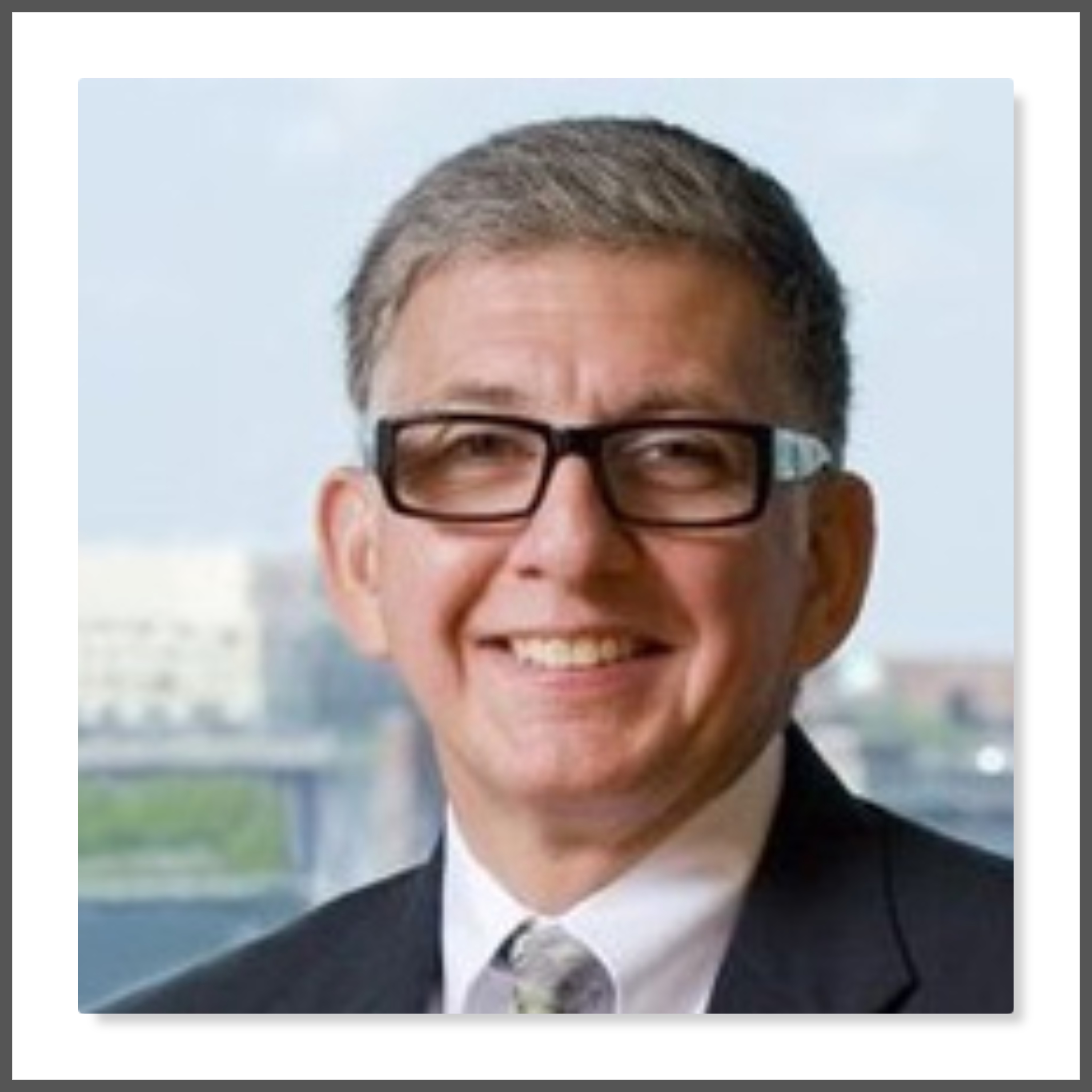Talking with Oz Mondejar, Senior Vice President of Mission & Advocacy at Spaulding Rehabilitation Network
Oz is the Senior Vice President of Mission & Advocacy at Spaulding Rehabilitation Network, the post-acute services of Mass General Brigham Health (formerly Partners Healthcare). He has been with the organization for 20 years and describes himself as a Community and Not-For-Profit Leader.
As a Senior Business Executive with demonstrated success in building community partnerships that create sustainable improvements, Oz is skilled at building strong teams and fostering open communication. He also has a great track record of innovation and creativity.
I was so excited to spend time with Oz, get to know him and learn all about the great work he has done in the Greater Boston area for the last several years.
We started by talking about the pandemic, and something Oz said to me right off the bat really resonated. He said, “The most critical part of this pandemic in the workplace is managing communications, especially in healthcare. We have all gone through a lot – another pivotal moment in our work lives – and nothing will ever be the same.” How true that is. Through my observations and work with Mass General Brigham, Oz and his organization have always been ahead of the curve as it relates to making a difference, being in the community, and building progressive programs to address the needs of all.
He explained, “The rubber meets the road in healthcare. People come to us at the most vulnerable moments in their lives. I think that is what makes our work so important. My mission has always been to support our talent and I have always woven Diversity & Inclusion into my work contributions.”
In the wake of the recent violence and unrest in our country, Oz explained, “Our employees were distraught, and they called me asking what we were going to do about all of this. I learned quickly that this generation has had it…they are signing on to make a difference!”
At Spaulding Rehabilitation Network, they called this function/mission “Equity- Dignity- Respect”. That blew me away. They really nailed it! Oz shared that he believes there are three parts to creating an effective program – 1) Recruiting and Retention, 2) Health Equity and Community Relations, and 3) Culture, Humility and Education.
When asked what the key elements are for building a sustainable D&I function with an organization, Oz shared, “It starts at the top, and then you need the next tier to be bought in too…communication, commitment, and accountability from those making day to day decisions. Sustainability means you need to have many voices. You need to be asking questions surrounding how you engage your employees.” He then went on to say “Find the joy in the work and tailor your messages to your audiences. A service-minded approach can make a difference with inclusion efforts. We need to differentiate our messages based on our communities.”
I asked Oz about the community. What part do they play in crafting a successful Diversity & Inclusion Strategy? Oz said, “I think it is always important to have one foot in the business and one in the community. You will be better-equipped to understand the needs of the community if you have boots on the ground, as it gives you a better insight as to what is ahead. I suggest spending a day at a local high school or middle school…see what teachers are teaching and think about your future workforce. During the crisis, we were intent on supporting our community where they needed it and we were equipped to do so.” He also added, “Community engagement is important. What are they saying about you as an organization? What are the barriers? These are all important when engaging the community.”
Oz also said, “There are always small steps and big steps. We need to offer culturally sensitive products to our patients…then there are big steps…we need to communicate so messages and information are accessible to everyone. We are very good with putting information online, but there is so much that you can get overwhelmed. Keep it vibrant through daily engagements. How do we weave in DE&I in our efforts? For anyone involved in HR work, this has to be part of the fabric of the work. This is very rich work…very powerful…meaningful…many paths to take. If we aren’t prepared to take action and make a difference, then we have missed an opportunity!”
Something else to think about and something Oz brought to my attention is that several DE&I efforts do not include disability. As he explained, we are missing a big portion of our community. He shared, “We need to be very inclusive. It is all about customer service, and we need to be better-prepared for the workforce of the future.”
I then asked Oz how a prospective candidate can identify an organization that truly is committed to Diversity & Inclusion. He explained, “There is a very savvy pool of potential employees out there. Technology has helped to inform organizations as to what they can improve upon. Recruitment numbers are telling but retention even more so. It is expensive but it is so important to invest in staff development. It’s critical to the success of your organization. I tell potential applicants to do their research, see what engagement is like, and then I ask them to tell me how they are working in their communities.”
Lastly, I asked Oz what he sees as common mistakes made by organizations as they are implementing their DE&I programs or initiatives. Oz shared, “We want to fix it right away. We take on a lot and then it is diffused. Good work may be happening, but it has a shelf life. We need to assign more and hold those people accountable…then measure, celebrate accomplishments, highlight champions and gain momentum from there.”


Recent Comments